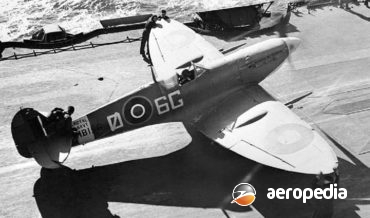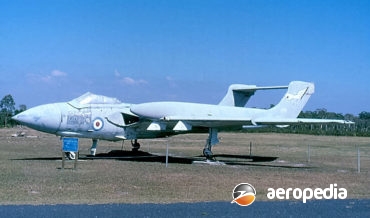All Contents
Contents
In 1941, following the success of the Sea Hurricane, it was decided to build a variant of the Spitfire for operations from British aircraft carriers, and a Mk VB was converted and performed compatibility trials on board HMS Illustrious.
David C. Eyre
- May 19, 2019
The Felixtowe F.3 (also known as the Porte Felixtowe F.3), the prototype of which made its first official flight on 9 February 1917, was one of a series of large flying-boats built for the Royal Navy.
David C. Eyre
- May 19, 2019
Originally designed as a land-based all-weather fighter for the RAF in competition with the Gloster Javelin, the Sea Vixen, or DH-110, was flown in prototype form (WG236) on 26 September 1951, a second aircraft (WG240) joining the test programme on 25 July 1952, both aircraft being built in the Experimental
David C. Eyre
- May 19, 2019
Following the success of the Mosquito, de Havilland prepared a new design intended to be a long-range medium-altitude single-seat fighter which could also be used as an unarmed photo-reconnaissance aircraft, or as a fighter bomber.
David C. Eyre
- May 19, 2019
Recent Comments
Archives
Categories
- No categories
Categories
- No categories
Latest Posts
Newsletter




